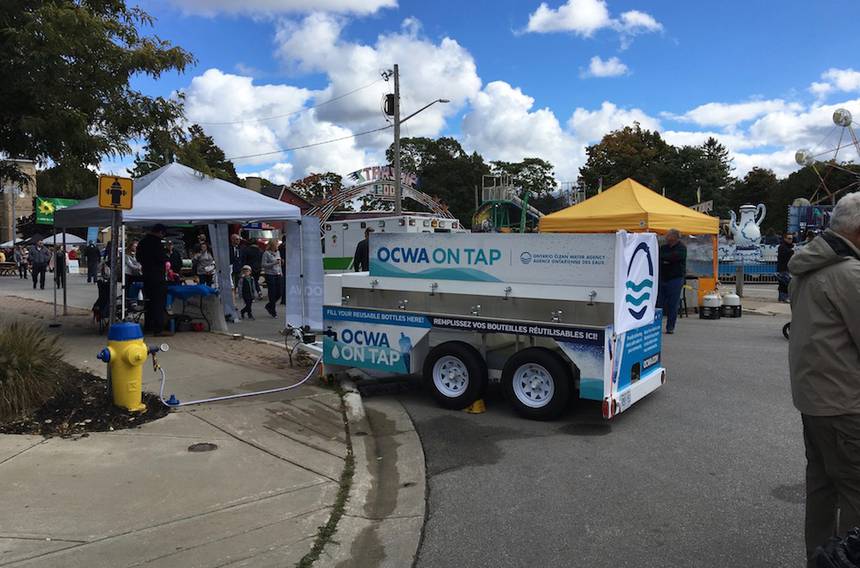A three-part solution is needed, they say, but we’re on the right track so far.
The plastics pollution problem is often portrayed through the lens of environmental activists, who are alarmed by the amount of contamination and want everyone to give up single-use plastics. But have you ever stopped to wonder what materials scientists, the professionals who handle plastics in a laboratory on a daily basis, think about the whole mess we’re in? An interesting article in Scientific American interviews several scientists who agree that a three-step solution is needed to solve microplastic pollution.
First, they say we are on the right track with all the hype about single-use plastics. These plastics - which include straws, water bottles, shopping bags, utensils, plastic-lined coffee cups, and food packaging - are used only once before being discarded.
“Because they are used for convenience, not necessity, they are easier to do without, and the polymers used to make them are among the most commonly produced and found in the environment. Bans are becoming an increasingly popular way of curtailing their use, and limited evidence indicates they do reduce debris.”
At the same time, however, we need readily-available alternatives to support the move away from single-use plastics and establish new habits, i.e. water-filling stations throughout cities and signs in restaurants offering to fill bottles for free.
 (C) K Martinko - This brilliant water bottle filling station shows up at every event in my Ontario town.
(C) K Martinko - This brilliant water bottle filling station shows up at every event in my Ontario town.Second, governments need to improve garbage collection and recycling systems to minimize the amount of waste that leaks into the environment when moving between trash can and landfill, and to improve recycling rates. This is crucial now that China has closed its doors to plastic waste imports and many countries are trucking their recycling straight to landfill.
Recycling rates could improve if packaging were designed more thoughtfully, with fewer chemical additives in the polymers. These additives make an item more flexible, durable, or colored, but make them harder to recycle. An example of better design can be seen in Japan, where “all polyethylene terephthalate (PET), used in plastic bottles, is transparent. Clear PET is much easier to recycle than when coloring is added in.”
Finally, scientists need to “devise ways to break plastic down into its most basic units, which can be rebuilt into new plastics or other materials.” The article proposes some intriguing concepts, such as figuring out how to dismantle old plastics chemically, rather than grinding them up for recycling.
“Such a method would take a PET bottle, for example, and break it down into its most basic molecules, separating out added chemicals to provide the building blocks to remake virgin polymers. In this way plastic would become its own perpetual raw material, the way glass and paper are (although the latter are physically ground up, not just chemically broken down).”
Such a technology would give value to plastic waste that’s already in the environment and create incentives to collect it. Andrew Dove, a chemist at the University of Birmingham, said, “If we can create something high-value from cheap plastic waste, there might be an economic argument to go and dredge this out of the ocean. We’re a long way from that, but that’s what we’d like to achieve.”
I tend to think that the plastic pollution problem could be solved in large part by looking to the past as a model and shopping/cooking the way our grandparents did. Nevertheless, it is intriguing to hear about how others believe the future lies in technology, and good to know that such inventions are in the works. We’re at a point where any kind of effort, be it high-tech or old-fashioned, can play a role and make a difference.
A three-part solution is needed, they say, but we’re on the right track so far.